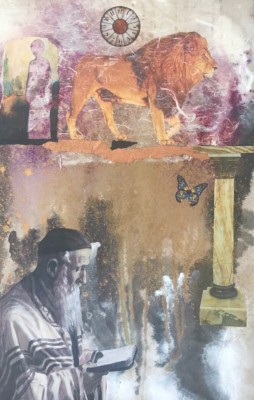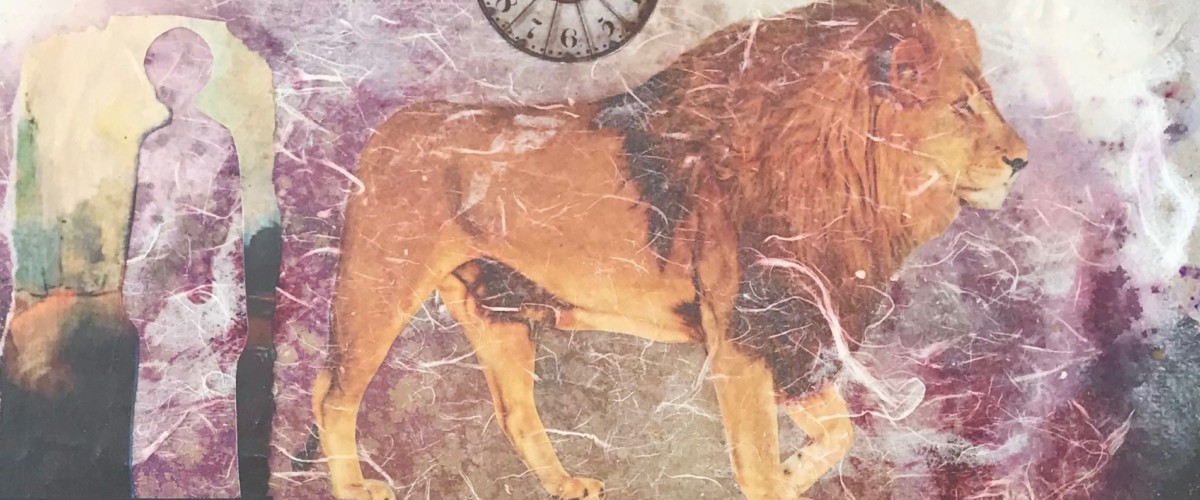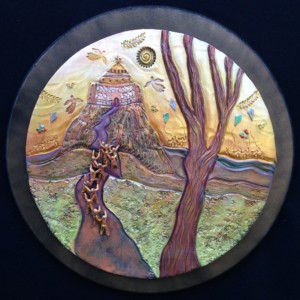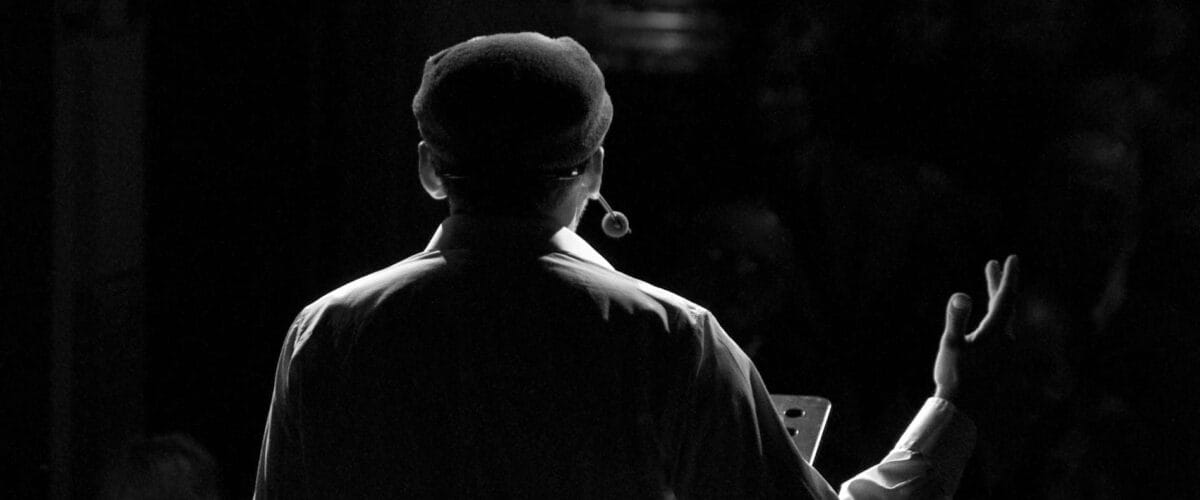As an art teacher who has worked with many young aspiring Christian artists, I have heard over and over a common concern. In the Church, the vast majority feel disenfranchised, misunderstood, and on the periphery of their church. They are not sure how to ‘fit in’ or if they are even wanted, and if they are valued, they are often unsure as to what to do. Does this sound familiar?
So what are the root causes of these attitudes? These problems started early on within the Church, and there has always been a tenuous relationship between art and the Church, starting with the injunction of the 2nd commandment to have no graven images before Him to worship them. I don’t have time to go into the complete history of art within the Church, but I would like to talk about the tensions between art, creativity, and the Church that we experience today. Many of these are stereotypes, but most stereotypes have a grain of truth within them.
Historically, the modern problem began during the Reformation when the Catholic and Protestants experienced a great divide. The Readers Digest version goes this way: For almost 1500 years, there was no Bible that was available to the common man because they all had to be handwritten and were very costly. Since there was nothing for people to read, most people were illiterate. So the Catholic Church (Catholic meaning Universal) interpreted the Bible and only told the common man select things. The Mass was usually in Latin, so art was used to educate. But then came the printing press, and literacy was ushered in. As people read the Word for themselves, reformers came along to protest certain aspects of the church’s teachings (hence, Protestantism.)
The Catholics believed that orthodoxy came through the Bible, the life of Jesus, and the teachings of the Church. Protestantism believed that orthodoxy came through the Bible and the life of Jesus only, and therein lies the essential difference. Neither Luther nor Calvin had any problem with art—in fact, they favored it. But their followers marched to a different drum and set about destroying Christian art on the grounds that it was Catholic and promoted idol worship. These people were called ‘iconoclasts,’ meaning ‘image haters.’
The Pope responded by gathering the greatest artists of the age in the Counter-Reformation to build the Vatican with the idea that they would woo people back to the true faith by overwhelming their senses so that their minds would be silenced. From this point on, art was associated with Catholicism and austere non-art with Protestantism. Of course, there is much more to this, but you get the point.

The next problem is the lack of education or interest in regards to our visual Christian heritage. The Protestant faith developed a sacred/secular mindset in the mid-1800s, and art fit into the secular category. So we ignore that ‘great cloud of witnesses’ of Christian artists that kept the faith alive when there was no written Word.
The Protestant Church lacks education about the ‘power’ of the visual to affect our emotions.
The ‘myth’ of the Lone Ranger artist, that person who is an independent, troublemaking, loose-living misfit, and renegade who will cut off his ear, is what most people think of when they envision an artist.
The ‘cult’ of the individual voice and its own importance of a need to be heard can be problematic if the individual’s ego has not been redeemed or if he or she is creating out of hurt or unresolved conflict within his or her life. Artists will ‘rock the boat.’
The perception that artists are aloof and not team players can be true, but sometimes an introverted personality is misinterpreted as ‘aloof,’ and some artists are introverted.
Artists’ egos will lead to competitiveness and jealousy. This is also true of musicians and pastors who desire control and never share their pulpit. The worship leader Lindell Cooley once said in a conference that “unredeemed egos are equivalent with Satan, and musicians should never let Satan onto the stage.” This is a good word for all of us!
There is an inability of some artists to develop a personal character that will earn them a right to be heard and respected. My father told me growing up that “a man will never listen to you until he first respects you, and respect needs to be earned.” My dad was a wise man.
There is a suspicion and fear of creativity and change by leadership because they feel it will undermine their authority. Freedom and structure are admittedly a balancing act. As Shakespeare said, “Authority makes art tongue-tied.” I’ve experienced this one first-hand!
So there you have it. I am sure there are other reasons for these tensions, but I believe this is a good starting place for discussion. If you are an artist, you may have found yourself guilty of some of these. If so, ask God to show you how to move away from it to become more like Jesus and to become usable within the church. Remember, the only person you can change legitimately is yourself—anyone else is God’s business.
Featured and In-Text Image Painted by Gary Wilson














